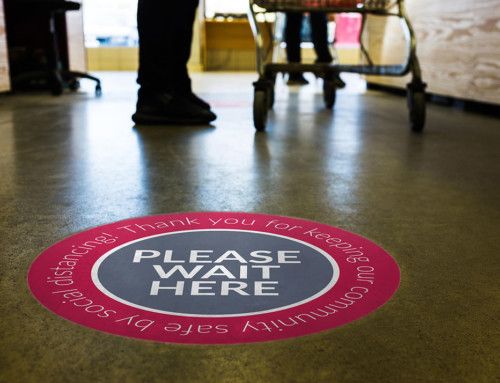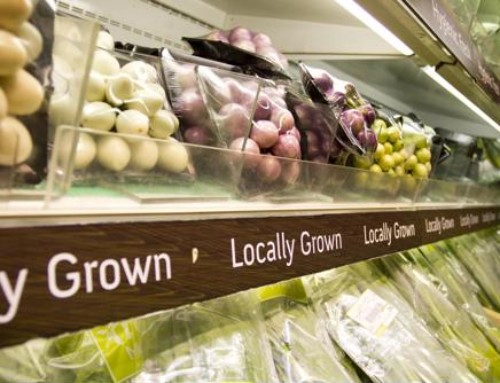Retail stores are closing faster than ever. As Bloomberg reported, the Swiss financial services company Credit Suisse Group expects approximately 9,000 U.S. stores to close their doors for good this year. The remaining businesses must reevaluate their operations in order to survive, and a good place to start is the layout of their stores. Every business owner should ask him- or herself if their store’s design compromises the customer experience, which would result in diminished sales. Below are three major mistakes in retail design, plus the perfect solution for each:
1. Disorganized displays
A bad retail display isn’t just an eyesore – it’s also a source of confusion. This might not be a problem for iconic brands – it’s hard to mistake an Oreo package, after all – but some products aren’t as easily identifiable. Consider a wall of denim jeans, which all look the same when folded. In this instance, a customer has to go through each pair to find a size that fits.
The solution? Channel strips
The clear answer here is to label your shelves. Professionally printed channel strips make the end result a beautiful addition to any store and create a better customer experience overall. These strips can be created to match the brand of the product in question and simultaneously align with the rest of the store.
In addition, channel strips make it easier for staff to put things back in their place. Instead of having to redesign a shelf of products from the ground up, separating them by brand and type, employees can quickly put items back where they belong and adhere to other matters.
2. Spacing problems
Space is a constant issue for many new businesses. As The Balance noted, it’s difficult to determine what size location you need when you’re just starting out. As a result, your products can be crammed together with little space for product displays or signage to help sell the products.
The solution? Floor graphics
To maximize the physical space available for your products, move your graphics to the floor. Use colors that contrast with the floor to catch the customers’ eyes and direct them to enticing new products.
3. Temporary signage being used too long
Finally, graphics that look peeled, dented, drawn-on, broken, vandalized or less than perfect reflect poorly on any retail store. Most of these issues are a result of the increasing use of temporary signage and the inferior materials used to construct them. Temporary signage generally is constructed using cardstock, cardboard or foam board materials which damage extremely easily.
The solution? Commit to higher quality materials or less temporary displays
Temporary displays are great for the simple fact that they are completely disposable and inexpensive, but they come at a cost to your customer experience. They never look as polished as a permanent display and they get damaged very easily which reflects on your brand and what your store represents. Permanent displays can be purchased to have interchangeable graphics using durable materials like magnetic vinyl, plastics and acrylics. These can offer a quality finished look and the flexibility of changing out the graphics to meet your needs.
Using paperboard, cardboard and foamboard is a recipe for disaster since they are so susceptible to damage. Instead, use higher quality materials that can be used for longer periods of time and have a much better chance at reducing damage. Materials like Styrene, Expanded PVC, acrylic, and PETG offer awesome qualities like durability, weather resistance, rigidity, along with many other cool properties that the papers can’t match.
The result is a crisp, clean environment that encourages sales, not a sloppy space that turns customers away.


